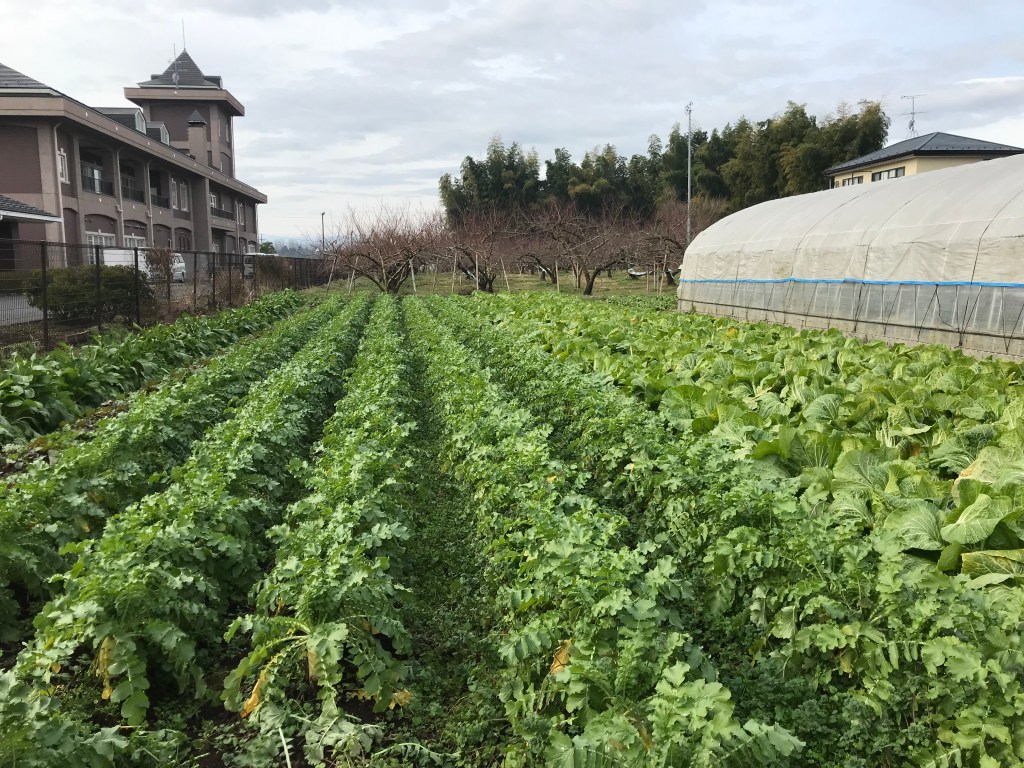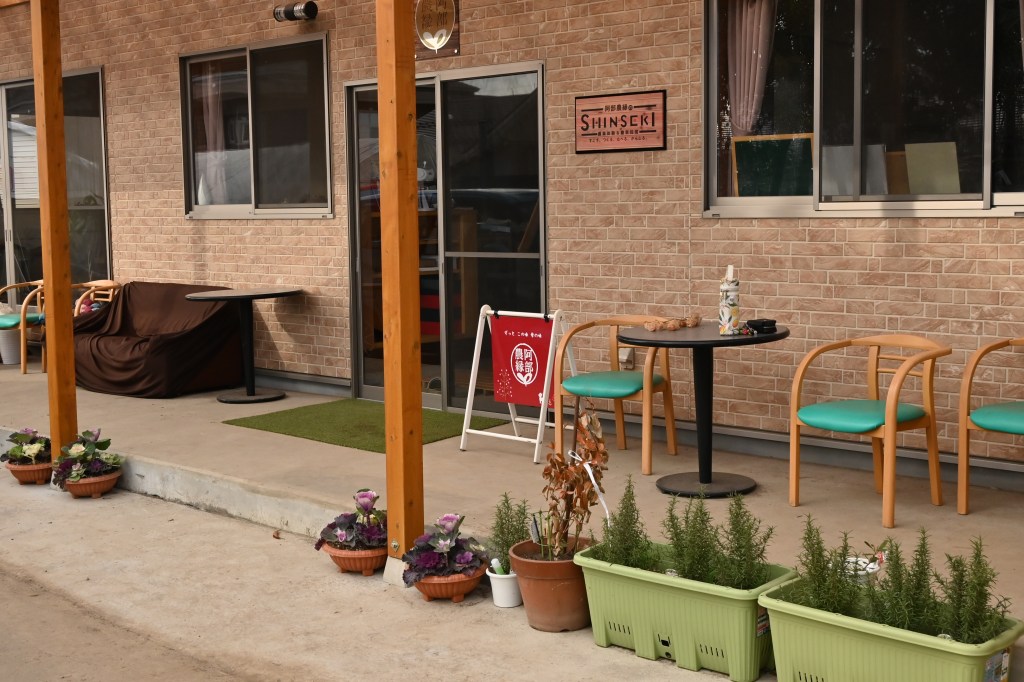
Back in December, I was invited up to Sendai to take part in a few tourism-related programmes the area has to offer. First, I visited Kanbai Shuzo Sake Brewery. You can find out more about that here. I also had the chance to visit Abe Noen Farm in Sukagawa, Fukushima Prefecture. Abe Noen is run by the mother-and-daughter team of Masako Abe, fondly known as Masako Baachan (Grandma Masako), and Sachiko Terayama.

Abe Noen (阿部農縁), which uses the Japanese character for “bond” or “connection” (縁) instead of the character for “orchard” or “garden” (園) in its name to symbolize its emphasis on human connections, is a peach orchard that also offers vegetable harvesting + barbeque experiences. During the barbeque (or cooking) session, you get to prepare the veggies you’ve just harvested—supplemented with other locally grown veggies—with Grandma Masako to create a feast of freshly picked deliciousness.

As I visited Abe Noen in December, the vegetables growing in the garden were winter veggies perfect for nabe (hot pot). We enjoyed a tour of the farm, gave the farm’s goat, Momochi, and cats a pet behind the ears, picked hakusai (napa cabbage) and daikon, and then got to work cooking.

Under the expert eye of Grandma Masako, veggies and fish were cut and popped into the pot. While it gurgled and burbled, we got to work on dessert: ohagi.

Ohagi are glutinous rice cakes coated in either sweetened bean paste or ground sesame, walnut, or kinako. Trust me: they are amazing. At Abe Noen, we used anko (adzuki bean paste), zunda (edamame bean paste), and egoma (ground sesame seeds) to coat our glutinous rice cakes.

Once we were done making ohagi, the nabe was ready to eat. Sitting down with friends new and old to enjoy a hearty bowl of nabe was a wonderfully warm and cozy way to end the visit.

Before heading home, we visited the on-site shop, which sells jams, juice bases, and a variety of other homemade products. I couldn’t pass up the chance to buy a bottle each of aka-shiso (purple perilla) and peach juice base.

Japan’s borders are still mostly closed, and the pandemic is making any sort of travel difficult and rather frightening. When we’re finally able to travel safely again, consider adding a trip to the northeastern Tohoku region to your Japan itinerary. There is so much to do, so much to see, and so many wonderful people to meet.
Abe Noen Details
Address: 49-2 Kutsugake, Wada, Sukagawa, Fukushima Prefecture
Time required: Approx. 3 hours
Price: 3,850 yen per person (tax included)
More info: https://www.tohoku-bishu-shoku-tourism.jp/tourinfo/225/